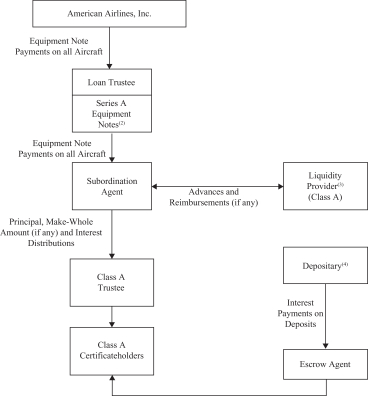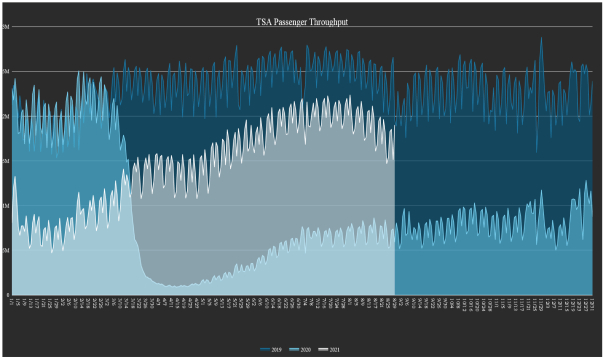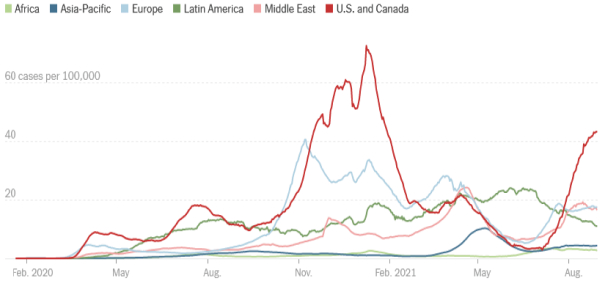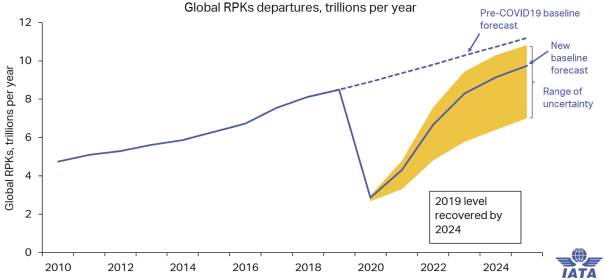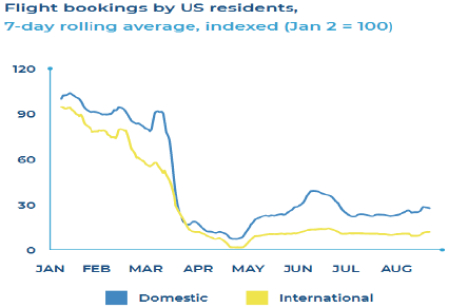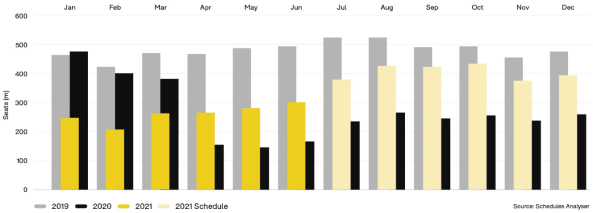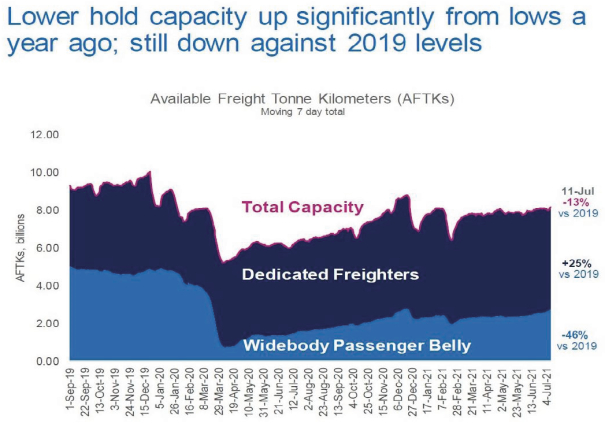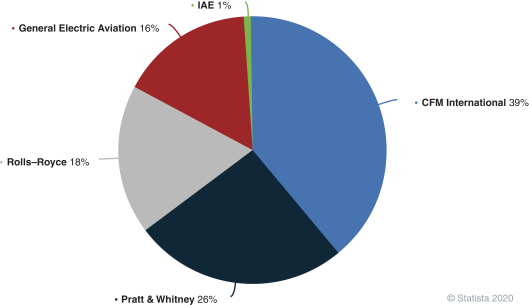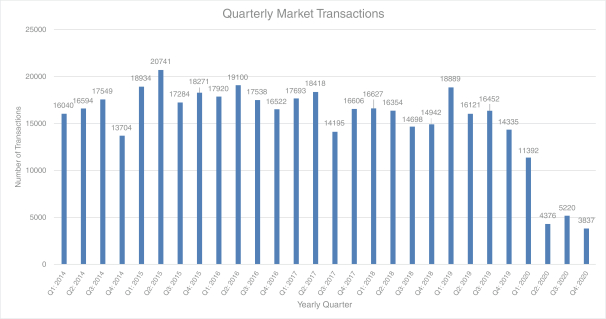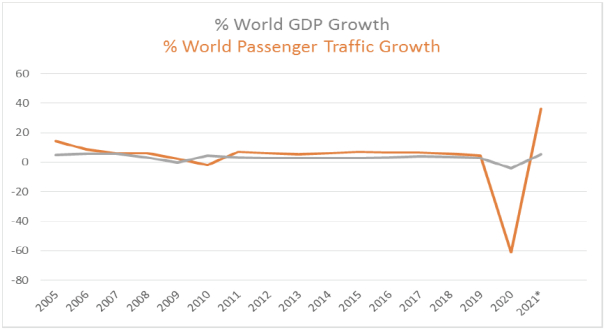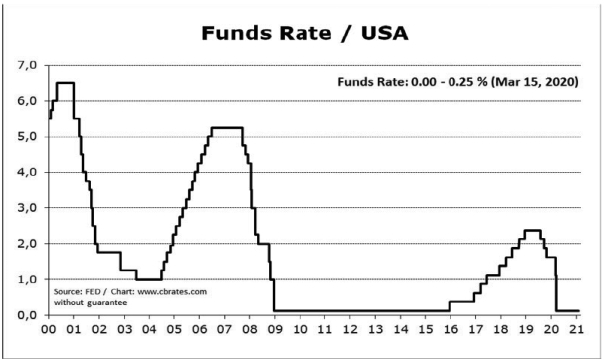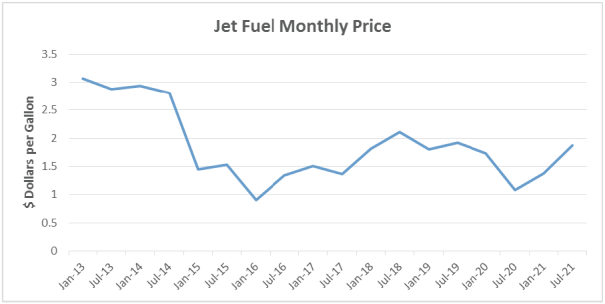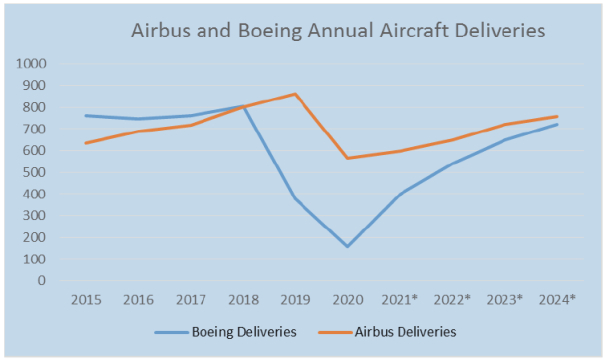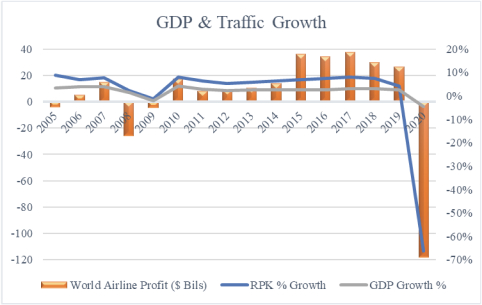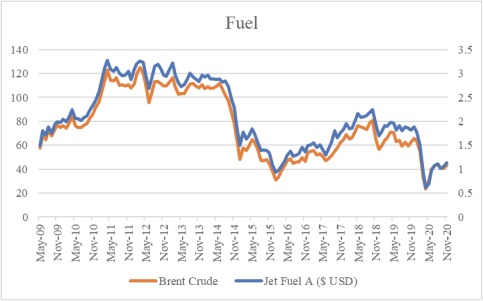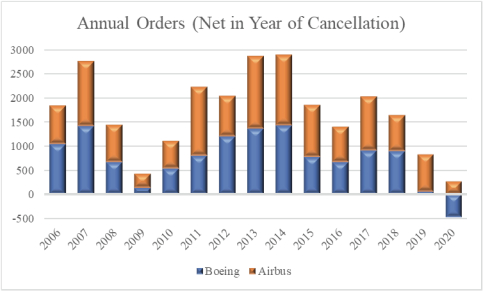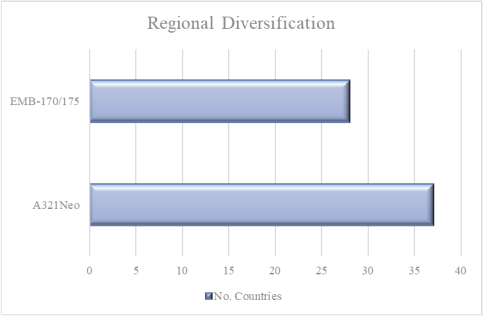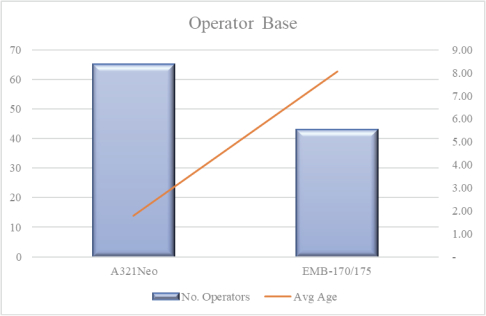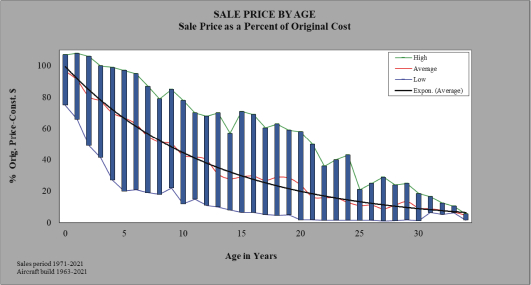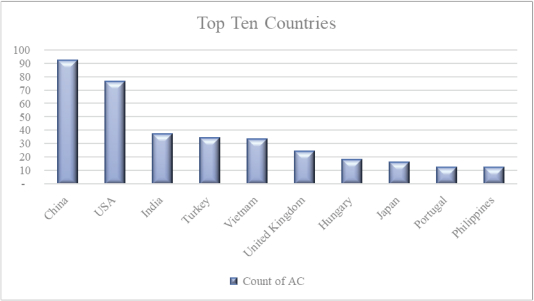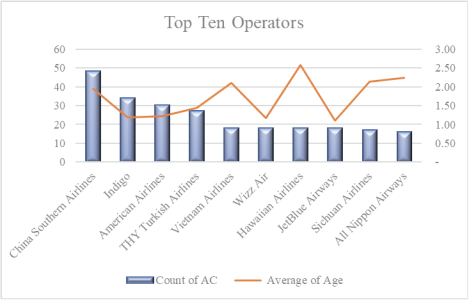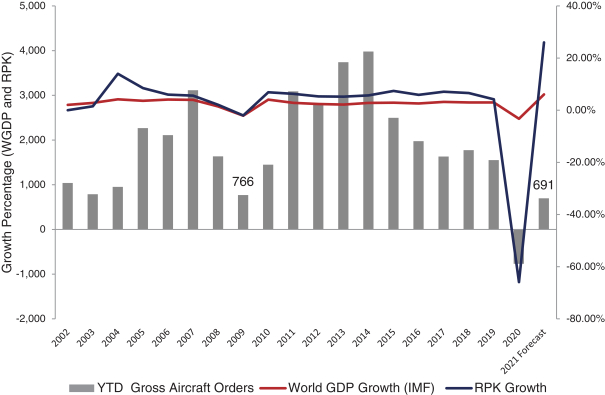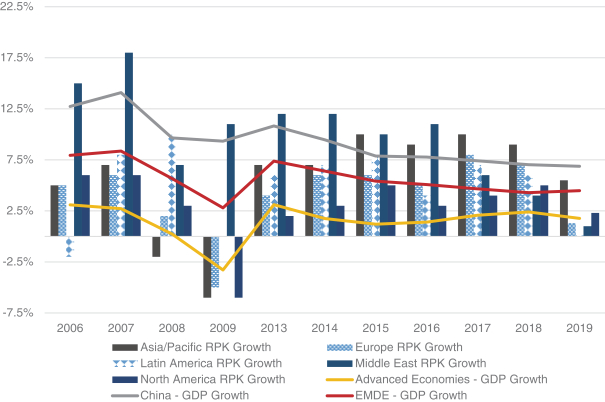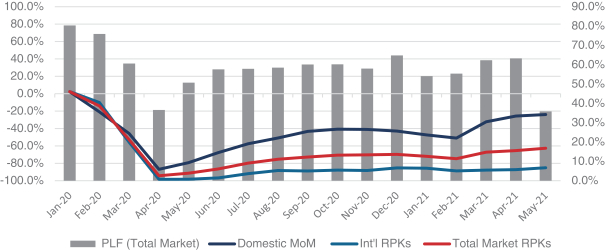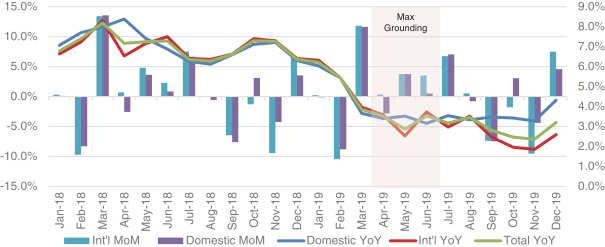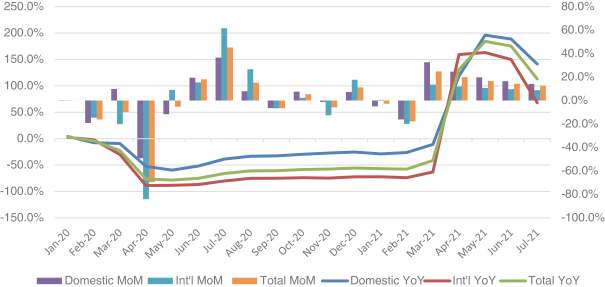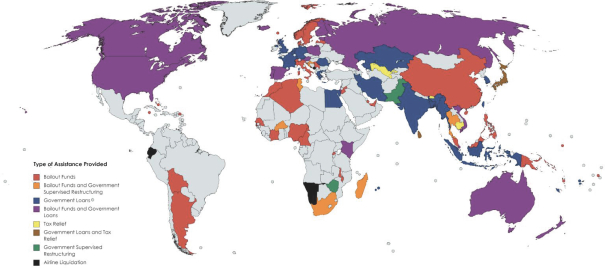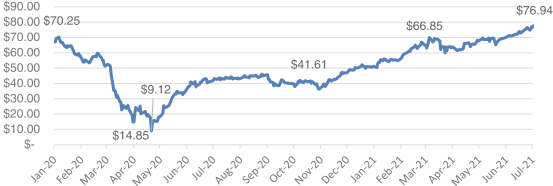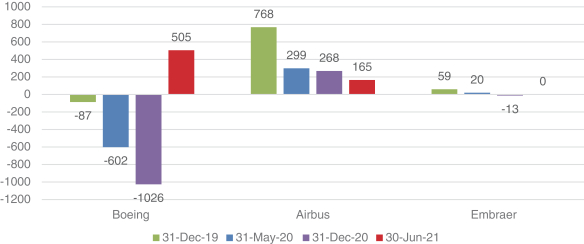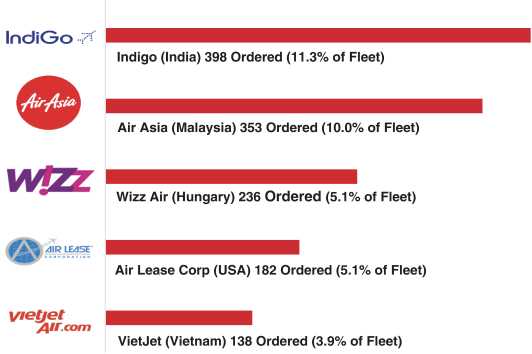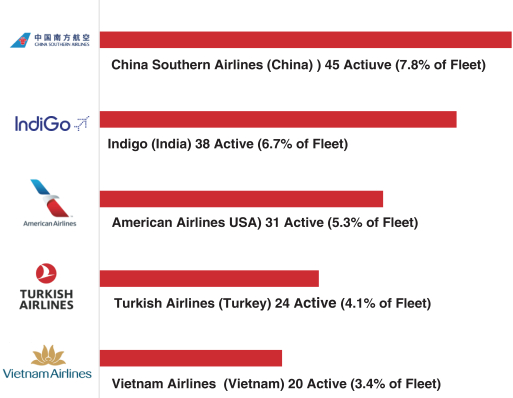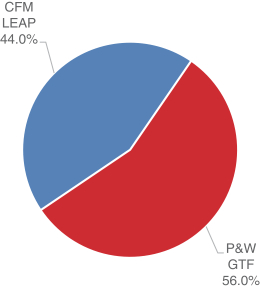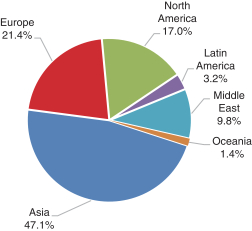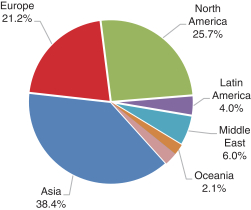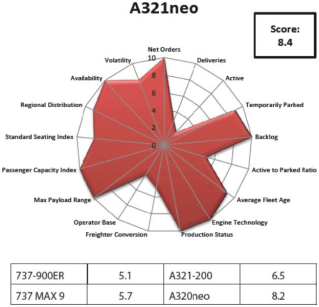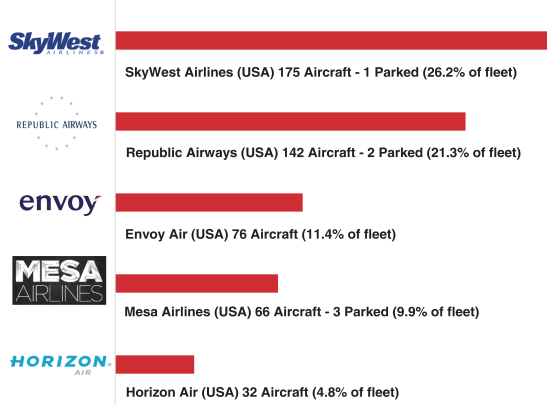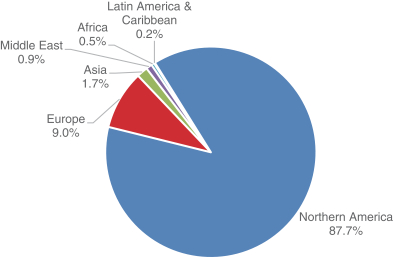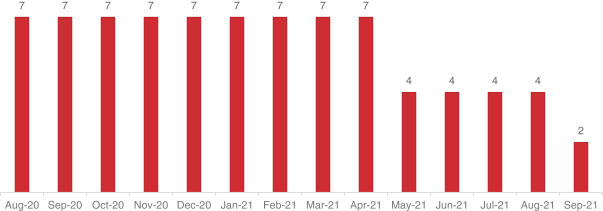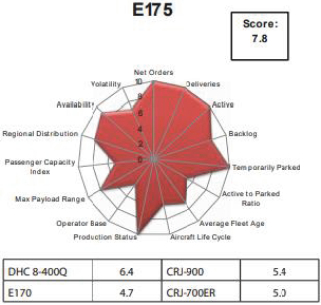In addition, the costs and operational consequences of defending against, preparing for, responding to and remediating an incident of cybersecurity breach may be substantial. As cybersecurity threats become more frequent, intense and sophisticated, costs of proactive defense measures are increasing. Further, we could be exposed to litigation, regulatory enforcement or other legal action as a result of an incident, carrying the potential for damages, fines, sanctions or other penalties, as well as injunctive relief and enforcement actions requiring costly compliance measures. A significant number of recent privacy and data security incidents, including those involving other large airlines, have resulted in very substantial adverse financial consequences to those companies. A cybersecurity incident could also impact our brand, including that of the AAdvantage program, harm our reputation and adversely impact our relationship with our customers, employees and stockholders. Accordingly, failure to appropriately address these issues could result in material financial and other liabilities and cause significant reputational harm to our company.
We rely on third-party distribution channels and must manage effectively the costs, rights and functionality of these channels.
We rely on third-party distribution channels, including those provided by or through global distribution systems (“GDSs”) (e.g., Amadeus, Sabre and Travelport), conventional travel agents, travel management companies and online travel agents (“OTAs”) (e.g., Expedia, including its booking sites Orbitz and Travelocity, and Booking Holdings, including its booking sites Kayak and Priceline), to distribute a significant portion of our airline tickets, and we expect in the future to continue to rely on these channels. We are also dependent upon the ability and willingness of these distribution channels to expand their ability to distribute and collect revenues for ancillary products (e.g., fees for selective seating). These distribution channels are more expensive and at present have less functionality in respect of ancillary product offerings than those we operate ourselves. Certain of these distribution channels also effectively restrict the manner in which we distribute our products generally. To remain competitive, we will need to manage successfully our distribution costs and rights, increase our distribution flexibility and improve the functionality of our distribution channels, while maintaining an industry-competitive cost structure. Further, as distribution technology changes we will need to continue to update our technology by acquiring new technology from third parties, building the functionality ourselves, or a combination, which in any event will likely entail significant technological and commercial risk and involve potentially material investments. These imperatives may affect our relationships with conventional travel agents, travel management companies, GDSs and OTAs, including if consolidation of conventional travel agents, travel management companies, GDSs or OTAs continues, or should any of these parties seek to acquire other technology providers thereby potentially limiting our technology alternatives. Any inability to manage our third-party distribution costs, rights and functionality at a competitive level or any material diminishment or disruption in the distribution of our tickets could have a material adverse effect on our business, results of operations and financial condition.
If we are unable to obtain and maintain adequate facilities and infrastructure throughout our system and, at some airports, adequate slots, we may be unable to operate our existing flight schedule and to expand or change our route network in the future, which may have a material adverse impact on our operations.
In order to operate our existing and proposed flight schedule and, where desirable, add service along new or existing routes, we must be able to maintain and/or obtain adequate gates, check-in counters, operations areas, operations control facilities and administrative support space. As airports around the world become more congested, it may not be possible for us to ensure that our plans for new service can be implemented in a commercially viable manner, given operating constraints at airports throughout our network, including those imposed by inadequate facilities at desirable airports.
In light of constraints on existing facilities, there is presently a significant amount of capital spending underway at major airports in the United States, including large projects underway at a number of airports where we have significant operations, such as Chicago O’Hare International Airport (“ORD”), Los Angeles International Airport (LAX), LaGuardia Airport (LGA) and Ronald Reagan Washington National Airport (DCA). This
S-52

